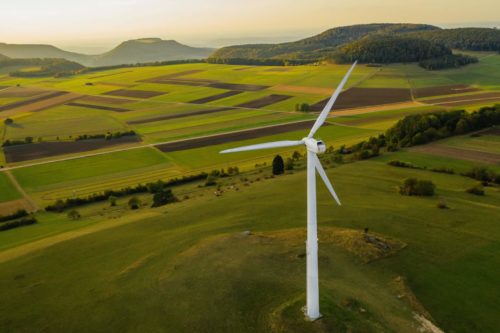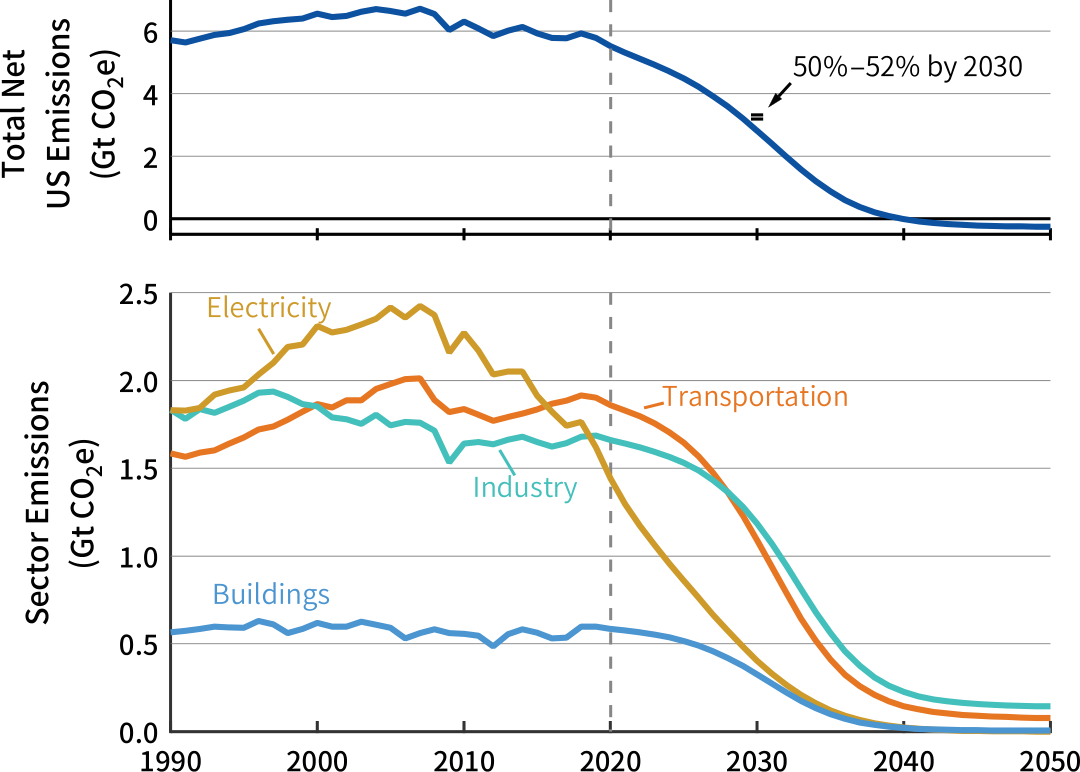
Report | 2021
The United States’ Role in Limiting Warming to 1.5°C
Scientists and the Intergovernmental Panel on Climate Change have called for the world to limit warming to 1.5°C (2.7°F) to avoid the worst climate impacts. The recent US nationally determined contribution (NDC) announcement, to reduce net US emissions in 2030 to at least 50%–52% below 2005 levels, is a critical step that recognizes this urgency. In Scaling US Climate Ambitions to Meet the Science and Arithmetic of 1.5°C Warming, we examine decarbonization paths that limit cumulative emissions, which set the extent of climate change. In a companion brief, US Sector-Level Strategies and Targets to Limit Warming to 1.5°C, we provide examples of 2030 sector-level targets and policies that would support near-term changes consistent with 1.5°C alignment.
Our analysis reveals that limiting cumulative emissions requires that the United States prioritize immediately replacing existing fossil fuel infrastructure with efficient, zero-emissions alternatives, wherever possible. Because these immediate investments reduce more total emissions, they both have the largest impact on reducing the extent of climate change and provide more time to learn and define the more technologically difficult options needed to get to net-zero emissions. In these reports, we also discuss the implications and tensions inherent to achieving rapid and equitable carbon reductions.
The two reports are intended to serve as a resource to federal and state policymakers, advocates, and organizations striving to contribute their part to limiting warming to 1.5°C.
